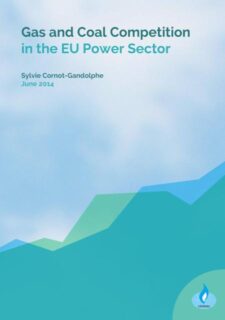Thematic reports
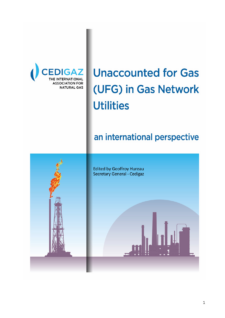
Unaccounted for Gas (UFG) in Gas Network Utilities – An International Perspective
| Member - one license | 999 € | Login |
| Non member - one license | 1999 € |
The unaccounted-for gas (UFG) in gas network utilities, particularly methane emissions, is a pressing environmental and financial concern. With methane being a potent greenhouse gas, efforts to reduce emissions have gained momentum, including the Global Methane Pledge signed by 105 countries. The CEDIGAZ report reveals that UFG contributes approximately 70 billion cubic meters of methane release annually, equivalent to 1.75% of global natural gas demand. This represents a significant impact on global warming and financial losses for utilities. The report explores the sources of UFG and presents solutions, emphasizing the need for accurate measurement, active monitoring, and effective regulations. It underscores the potential for methane emissions reduction in areas like gas flaring and venting and highlights cost-effective strategies to address these issues.
Pricing: €999 for CEDIGAZ members – €1.999 for non-members(Orders made before 31st August 2023 will receive a 20% discount)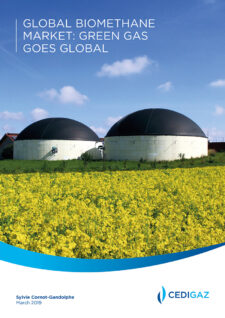
Global biomethane market: Green Gas Goes Global
| Member - unlimited online access | 500 € | Login |
| Non member - 5 licenses | 2500 € |
This report provides a detailed analysis of the booming biomethane market as governments around the world increasingly recognize the many benefits of renewable natural gas.
Since 2010, world biomethane production has increased exponentially, reaching three billion cubic meters in 2017 and there will soon be more than 1,000 biomethane production plants operating in thirty-four countries, up from 720 at year-end 2017.
For many years a European phenomenon, Green Gas is Going Global.
The report contains three parts:
- An overview of global biomethane production and markets, biogas upgrading plants, key drivers and future trends (region by region)
- Country reviews for forty countries in Europe, North America, Asia, Central & South America and Africa
- In-depth case studies on key developed and emerging biomethane markets, e.g. U.S., Canada, Brazil, Germany, France, China and India.
It complements the CEDIGAZ Global Biomethane Database
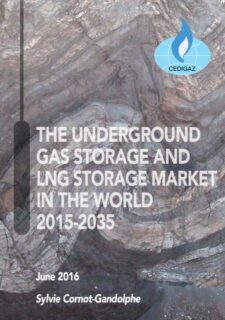
Underground Gas Storage & LNG Storage Market in the Word 2015-2035
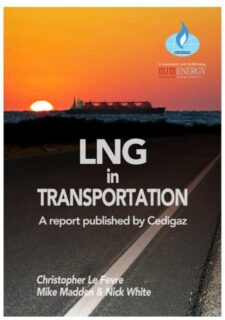
LNG IN TRANSPORTATION
